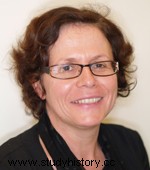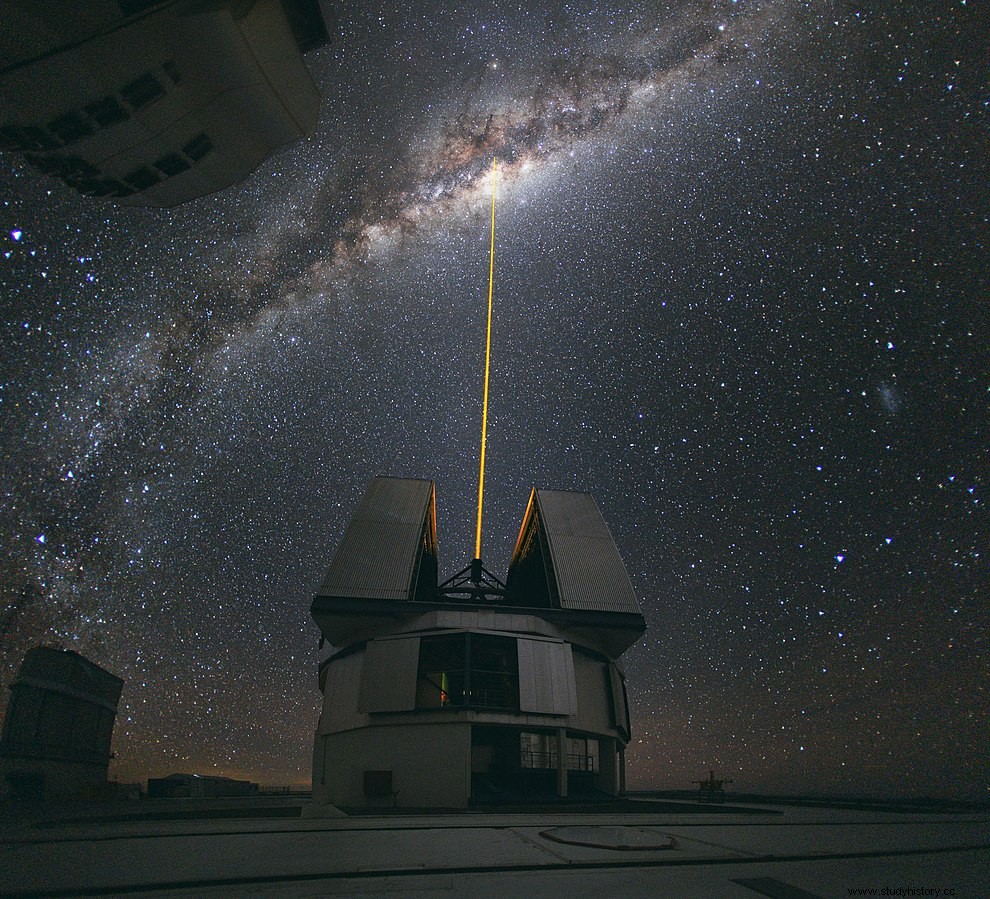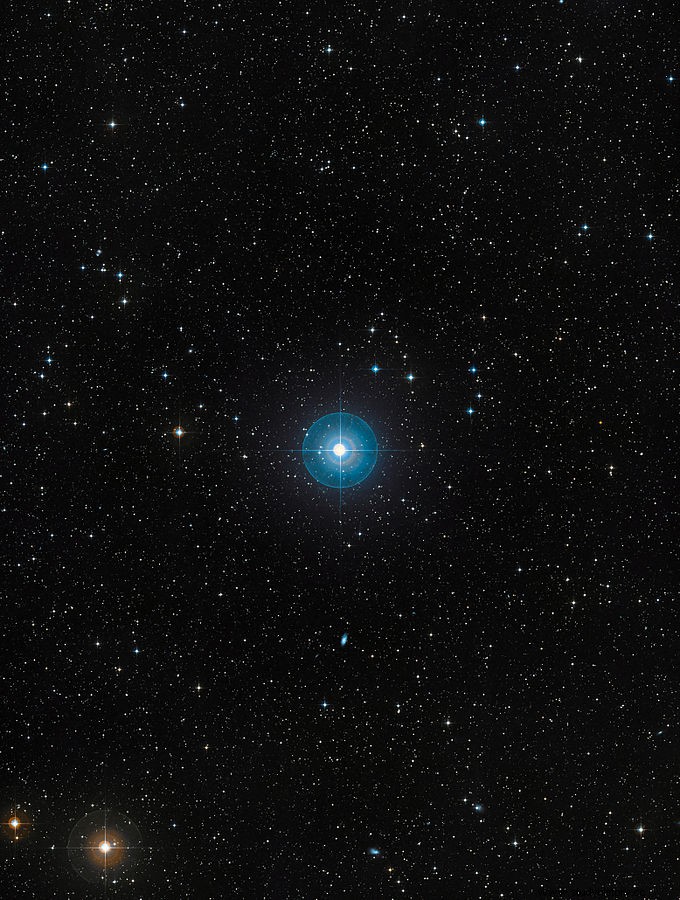French astrophysicist specializing in extrasolar planetary systems, Anne-Marie Lagrange (born in 1962) is notably known for having been the first to observe an exoplanet around a brown dwarf. In 2018, you voted for her for the Nob'Elle Prize in Physics!
A passion for science
 Anne-Marie Lagrange was born in
in the Rhône-Alpes region. Growing up, she developed a passion for science, especially math and physics, solving her exercises like games. Deciding to pursue higher education, she joined a preparatory class for the Grandes Ecoles and entered the École Polytechnique in 1982; the first women admitted to this originally all-male school only entered it ten years earlier.
Anne-Marie Lagrange was born in
in the Rhône-Alpes region. Growing up, she developed a passion for science, especially math and physics, solving her exercises like games. Deciding to pursue higher education, she joined a preparatory class for the Grandes Ecoles and entered the École Polytechnique in 1982; the first women admitted to this originally all-male school only entered it ten years earlier.
It was at Polytechnique that Anne-Marie discovered astrophysics, which immediately fascinated her. During her studies, she gave birth to a child but managed to reconcile her studies and her private life, and graduated in 1985. She continued with a DEA in astrophysics at the University of Paris-Diderot. During her DEA internship, Anne-Marie became interested in the star Beta Pictoris and a phenomenon of gas falling on the surface of the star, recorded by the International Ultraviolet Explorer (IUE) space telescope. She continued this work with a doctorate, which she obtained in 1989.
NAOS
Anne-Marie Lagrange first worked for the European Southern Observatory (ESO) in Germany, where she discovered adaptive optics, a technique used in astronomy and which makes it possible to compensate in real time for atmospheric disturbances distorting the weather fronts. 'wave. When she joined the Grenoble Astrophysics Laboratory (LAOG) in 1990, Anne-Marie decided to use the technique and set up a research group on extrasolar planetary systems. She will thus obtain the best images made from the ground of Beta Pictoris.
Anne-Marie's work quickly earned her recognition in her field. In 2000, she was appointed research director at the CNRS. And when ESO decided to equip the Very Large Telescope (VLT) in the Atacama Desert in Chile with an adaptive optics system, it was put in charge of developing the device. NAOS was commissioned in 2005, after five years of work. Its performance allows it to observe exoplanets in particular. Subsequently, she will also work on the SPHERE instrument, installed at the VLT for the observation of exoplanets.

The year NAOS was commissioned, Anne-Marie made the first direct observation of an exoplanet orbiting a brown dwarf, a celestial object with a mass less than a star, but more than a planet giant.
Beta Pictoris b

In 2008, Anne-Marie Lagrange identified, on data from the NACO system of the VLT, a signal corresponding to a massive planet. Later images confirm her discovery:that of the exoplanet Beta Pictoris b, nine times more massive than Jupiter and orbiting around the star to which she devoted part of her work, Beta Pictoris. Among the first exoplanets discovered, Beta Pictoris b is also remarkable for its proximity to its star; it is then the exoplanet with the smallest known orbit.
Anne-Marie Lagrange was made a Knight of the National Order of the Legion of Honor in then officiated in . In 2011, she won the Irène Joliot-Curie prize, category “Woman scientist of the year”. She was elected a member of the Academy of Sciences in In 2017, she received the Jean Ricard Prize from the French Physical Society.
